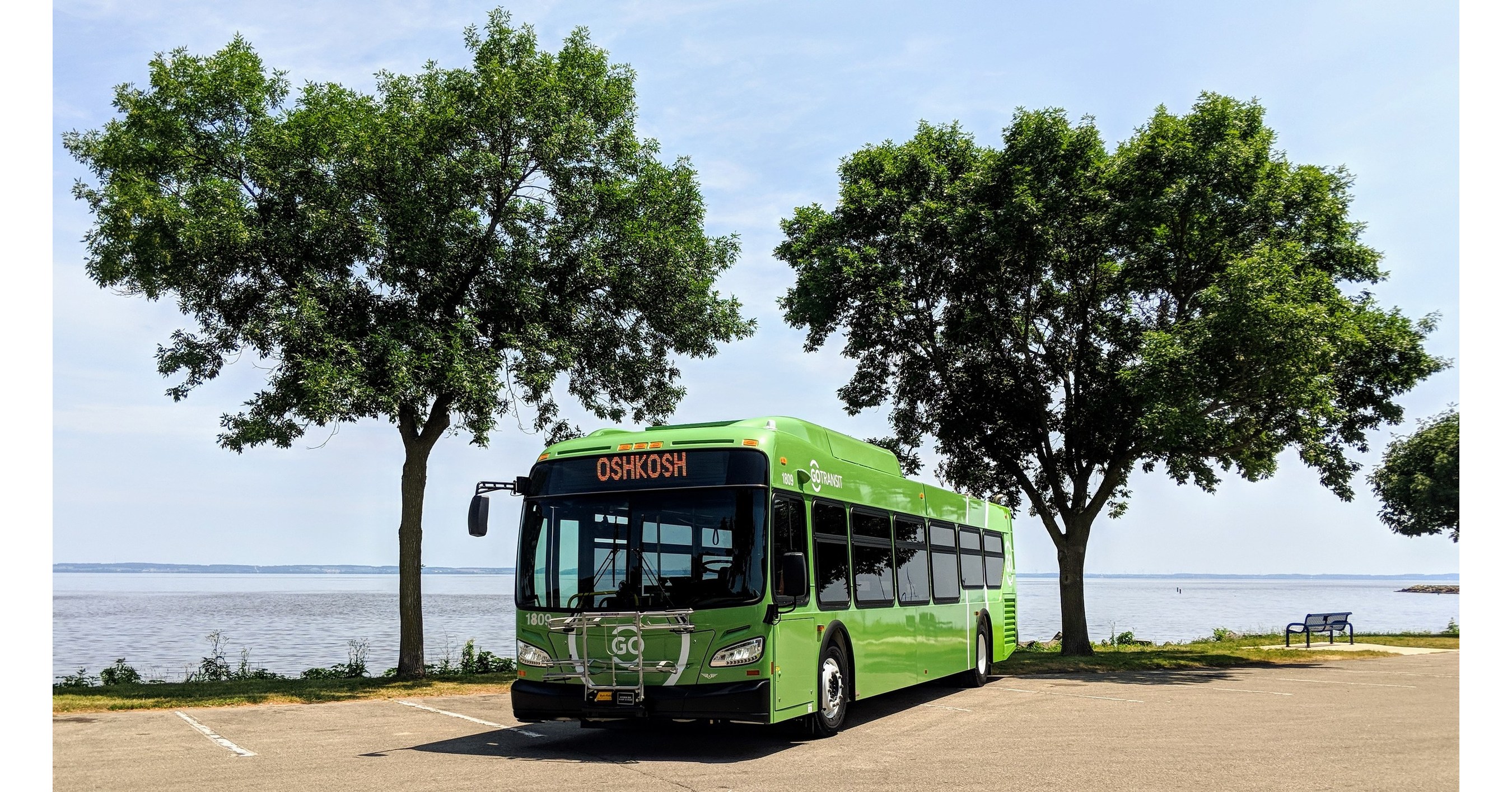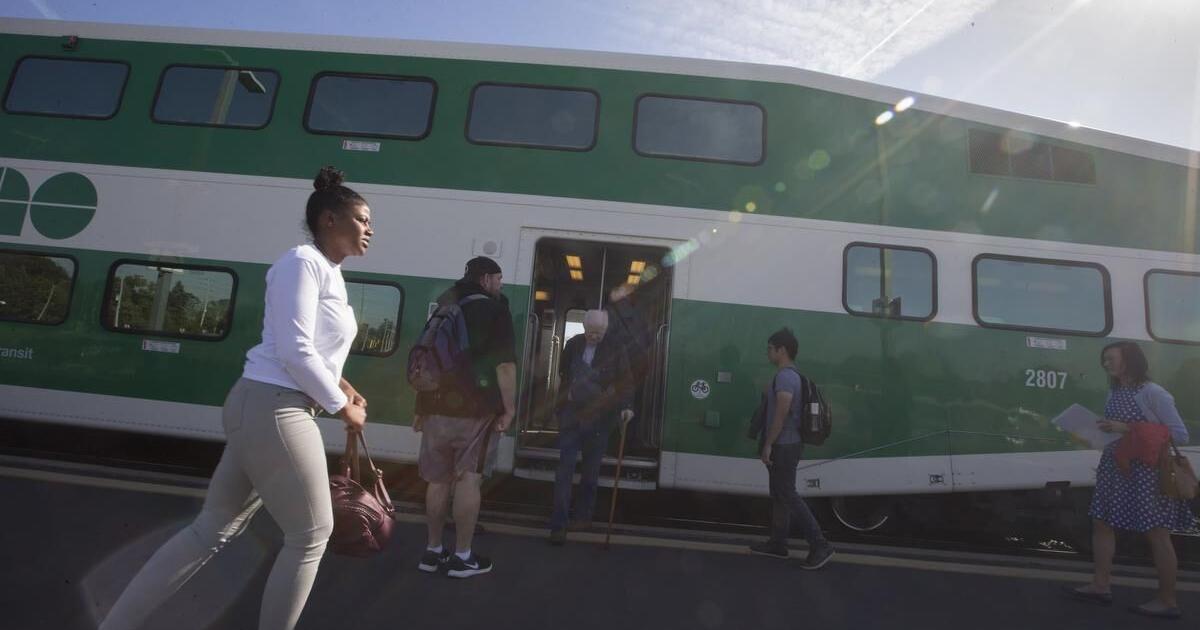APTA-2048
Senior Member
Actually there’s evidence to suggest they will be renumbered into a new series.Cars will retain the same numbers like any refurbished car as far as I know and stand to be corrected.
Actually there’s evidence to suggest they will be renumbered into a new series.Cars will retain the same numbers like any refurbished car as far as I know and stand to be corrected.
While not visibly obvious from the photo except for the unit number (201), this would be one of the old school control cab cars. When it is refurbished, will it maintain its control cab cabability , or will it be reconfigured into an all passenger car? If it were to become an all passenger car, would it keep its original unit number, or be renumbered into the passenger car numbering series?

Wrong GO Transit
GO Transit and Valley Transit Equip Fleets with Proactive Air and Surface Purification System from NFI Parts®
/CNW/ - (TSX: NFI) GO Transit (in the city of Oshkosh, Wisconsin), and Valley Transit (serving the Fox Cities in Wisconsin) are keeping riders safe with the...www.newswire.ca
Wrong GO Transit


After four years and $7 million, Metrolinx quietly drops proposal for hydrogen-powered GO trains
A Metrolinx spokesperson said the agency found the concept hasn’t been used on the scale necessary for GO expansion, and “there are questions that remain unanswered ... regarding fuel production, storage and transport as well as refuelling.”www.thestar.com
Back in 2004/5 when were were working on the master transit plan for the Waterfront, we looked at all type of technology that could be used to service it and it it included hydrogen equipment. Hydrogen equipment was rule out as there wasn't the infrastructure around to handle the requirement to run the system including producing it nor the rolling stock at the time. Even subway and monorail were rule out to the point streetcar would work and be part of the current network.I could have told them no one else has used hydrogen at the scale needed in about an hour and a half worth of Google searches. These studies should be studied for efficiency
The joys of public transit planning. How much did these studies cost again?
Like others said, nothing about the price tag of the study was justified.There is a bit of a risk in this type of logic, that 'the government spent $x and nothing came of it'. I know virtually nothing of the background of hydrogen-transportation, and perhaps it was not justified in this instance, but to expect only positive outcomes of every public dollar is part of the reason we have the risk-adverse, ossified public bureaucracy that we have.
You know that CP just signed a deal with Ballard to procure hydrogen locomotives right? Maybe their vision to have hydrogen powered trains was ahead of it's time bLike others said, nothing about the price tag of the study was justified.




